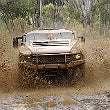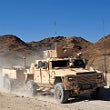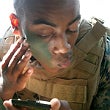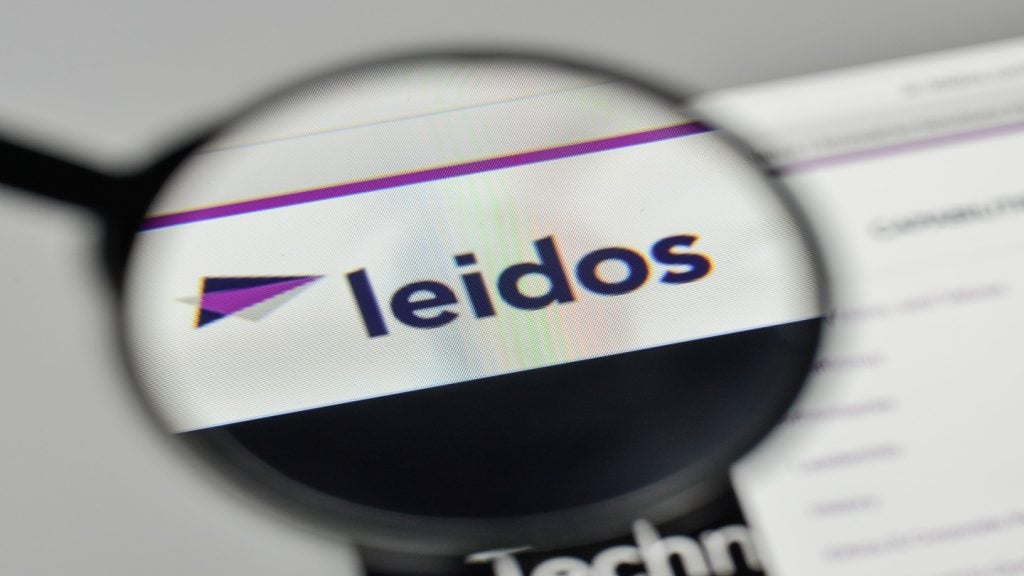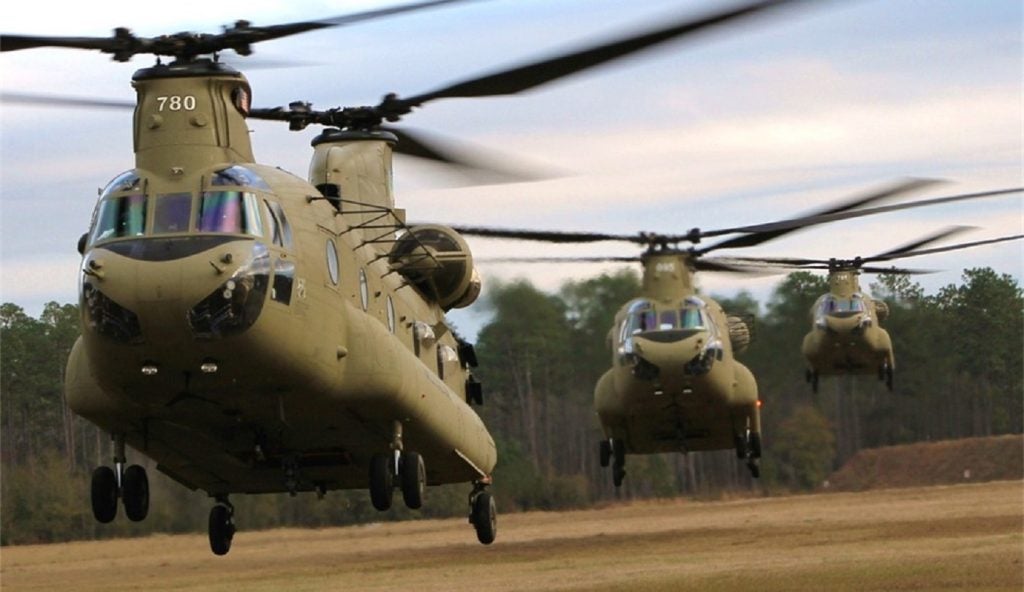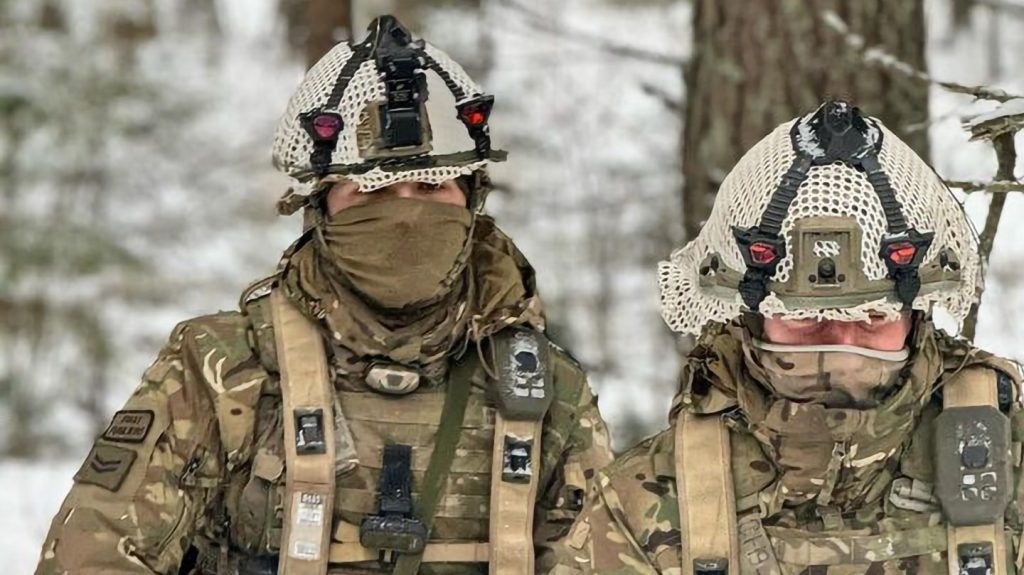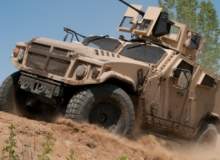
Thales selects Boeing for Hawkei prototypes development
Boeing Defence Australia was selected by Thales to provide integrated logistics support services for the next phase of the Hawkei Light Protected Mobility Vehicle prototype development programme.
As per the A$3.5m contract, Boeing will supply ILS services for six Hawkei prototype vehicles and a trailer to Thales, with Thales Australia CEO Chris Jenkins heralding Boeing’s involvement with the programme.
“The Hawkei is very much a team effort, and Boeing’s involvement since the project’s early days has enabled us to deliver innovative prototypes specifically designed to meet the current and future requirements of the Australian Defence Force,” added Jenkins.
UK Dstl scientist develops biological sampling system
The UK Defence Science and Technology Laboratory revealed the development of a new biological device, designed to enable simultaneous sampling and detection of a variety of hazardous substances and explosive materials.
Developed by Dtsl scientist Peter White, the Integrated Multiplex Assay and Sampling System (IMASS) is a handheld device capable of sampling up to eight targets at the same time, supporting soldiers on the front line as well as counter-terrorism officials.
“This invention combines a mature, established detection technology [similar to that used in pregnancy test kits] into an integrated handheld device that could be used by a generalist front line operator wearing protective clothing,” added White.
How well do you really know your competitors?
Access the most comprehensive Company Profiles on the market, powered by GlobalData. Save hours of research. Gain competitive edge.

Thank you!
Your download email will arrive shortly
Not ready to buy yet? Download a free sample
We are confident about the unique quality of our Company Profiles. However, we want you to make the most beneficial decision for your business, so we offer a free sample that you can download by submitting the below form
By GlobalDataThe device is patented and licensed to BBI Detection, with the company’s managing director Richard Lamotte revealing the device has generated significant interest from within the UK and abroad.
UK MoD to acquire more Foxhound vehicles, confirms Luff
An additional 25 Foxhound light protected patrol vehicles will be acquired by the UK Ministry of Defence to support operations in Afghanistan, Defence Equipment, Support and Technology minister Peter Luff revealed.
Luff confirmed that the vehicles will be first operated by the 4th Mechanized Brigade, set to be deployed to Afghanistan as part of Operation Herrick 17.
The additional vehicles will be acquired at a cost of £30m, adding to the previous batches of 200 and 100 vehicles ordered in November 2010 and June 2012 respectively.
“This is another example of how the MoD, having balanced the budget, is now able to confidently spend money on the equipment that our personnel really need,” said Luff.
US Army awards JLTV contracts to AM General, Oshkosh and Lockheed Martin
Engineering, Manufacturing and Development (EMD) contracts related to the US Army and Marine Corps’ Joint Light Tactical Vehicle (JLTV) programme were awarded to Lockheed Martin and Oshkosh.
Under the 27-month EMD phase, both companies will deliver 22 prototypes for evaluation by the US Government. While Lockheed received $66.3m, Oshkosh favoured slightly worse, receiving $56.4m.
AM General’s Blast Resistant Vehicle – Off-road (BRV-O) was also selected for the EMD phase, with the company receiving a $64.5m contract for the delivery of 22 prototypes for government testing.
The BRV-O is a multirole vehicle designed to meet or exceed 100% of the EMD phase evaluation criteria in terms of protection, performance, payload, transportability, reliability and affordability.
Confidence at AM General is high, with president and CEO Charles Hall stating: “BRV-O is ready now to meet warfighter’s demands for a new light tactical vehicle.”
Oshkosh Defense Joint and Marine Corps Programs vice president and general manager John Bryant said: “The Oshkosh JLTV solution was designed with a purpose – to keep soldiers safe on future battlefields with unpredictable terrain, tactics and threats.”
The programme has subsequently been dealt a blow with the recent development that Navistar, having been snubbed for an EMD contract, has protested the decision and filed a complaint with the US Government Accountability Office (GOA) citing dissatisfaction with evaluation criteria. As a result, the US has been forced to halt the JLTV programme for the forseeable future.
Russia will not buy foreign vehicles, says Rogozin
Russia’s Deputy Prime Minister Dmitry Rogozin has revealed that the country will not purchase armoured vehicles from foreign companies, choosing to concentrate efforts on its domestic military industry.
Speaking to RIA Novosti, Rogozin said that rather than purchase mass amounts of foreign-made weaponry, Russia would focus on acquiring a “few examples to decide what they are like and what advantages they have.”
Rogozin confirmed that military designers would attend foreign military hardware exhibitions, adding that private businesses will have a greater share in the Russian military-industrial sector in the future.
New camouflage paint protects soldiers from burns
Researchers at the University of Southern Mississippi have developed a new type of camouflage skin paint, designed to protect soldiers from injuries and scarring caused by roadside bomb blasts and other battlefield explosions.
The paint also includes 35% DEET to protect soldiers from insect bites, a challenge that university professor Robert Lochhead said was initially difficult.
“DEET also is flammable, so when the Department of Defence asked us to incorporate it, we didn’t think we could do it,” Lochhead noted.
DEET was encapsulated in a hydrogel substance, preventing the repellent from catching fire in the event of an explosion, and preliminary laboratory tests have demonstrated the paint’s ability to protection skin for as long as 15 seconds.

